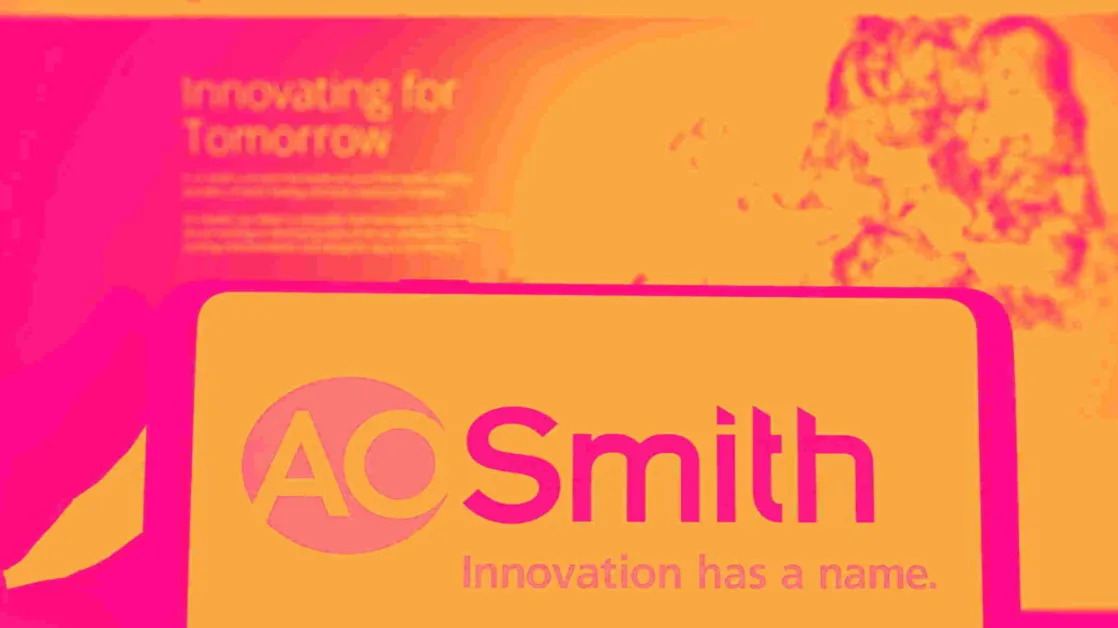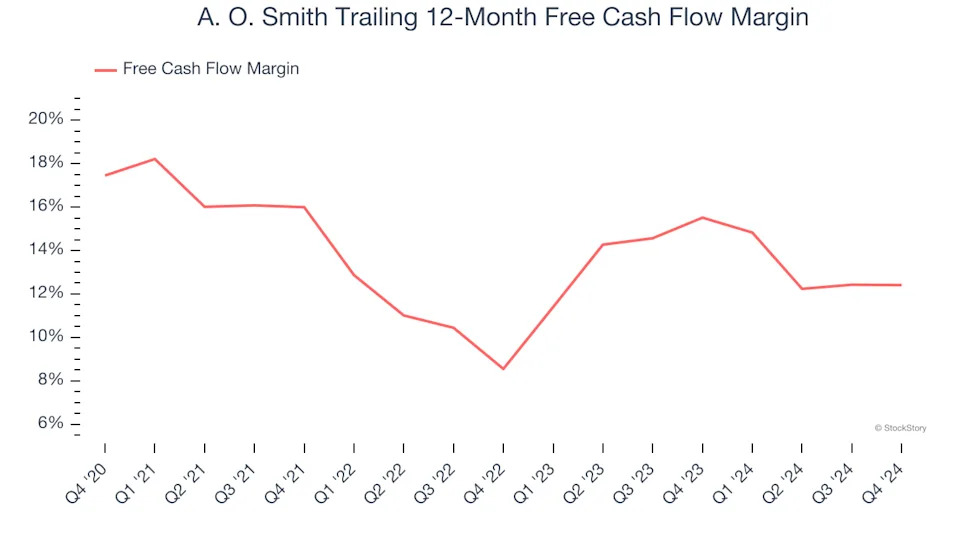
3 Reasons to Avoid AOS and 1 Stock to Buy Instead

Over the past six months, A. O. Smith’s stock price fell to $66.30. Shareholders have lost 19.6% of their capital, disappointing when considering the S&P 500 was flat. This was partly due to its softer quarterly results and may have investors wondering how to approach the situation.
Is there a buying opportunity in A. O. Smith, or does it present a risk to your portfolio? Dive into our full research report to see our analyst team’s opinion, it’s free .
Even with the cheaper entry price, we're cautious about A. O. Smith. Here are three reasons why you should be careful with AOS and a stock we'd rather own.
Why Is A. O. Smith Not Exciting?
Credited with the invention of the glass-lined water heater, A.O. Smith (NYSE:AOS) manufactures water heating and treatment products for various industries.
1. Slow Organic Growth Suggests Waning Demand In Core Business
Investors interested in HVAC and Water Systems companies should track organic revenue in addition to reported revenue. This metric gives visibility into A. O. Smith’s core business because it excludes one-time events such as mergers, acquisitions, and divestitures along with foreign currency fluctuations - non-fundamental factors that can manipulate the income statement.
Over the last two years, A. O. Smith’s organic revenue averaged 1.5% year-on-year growth. This performance was underwhelming and suggests it may need to improve its products, pricing, or go-to-market strategy, which can add an extra layer of complexity to its operations.

2. Projected Revenue Growth Shows Limited Upside
Forecasted revenues by Wall Street analysts signal a company’s potential. Predictions may not always be accurate, but accelerating growth typically boosts valuation multiples and stock prices while slowing growth does the opposite.
Over the next 12 months, sell-side analysts expect A. O. Smith’s revenue to stall, close to its flat sales for the past two years. This projection doesn't excite us and indicates its newer products and services will not lead to better top-line performance yet.
3. Free Cash Flow Margin Dropping
Free cash flow isn't a prominently featured metric in company financials and earnings releases, but we think it's telling because it accounts for all operating and capital expenses, making it tough to manipulate. Cash is king.
As you can see below, A. O. Smith’s margin dropped by 5 percentage points over the last five years. If its declines continue, it could signal increasing investment needs and capital intensity. A. O. Smith’s free cash flow margin for the trailing 12 months was 12.4%.
